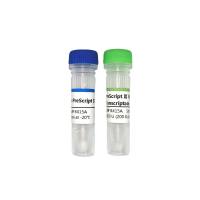Here we present a protocol, which allows loss-of-function studies in Xenopus embryos using antisense morpholino oligonucleotides (MOs). Gene knockdown studies provide a critical method for assessing gene function in vitro and in vivo. Such studies are currently performed in Xenopus using primarily one of the two main methods: (1) overexpression of dominant negative constructs or (2) inhibition of gene function by using MOs targeting either the initiation of translation or mRNA splicing. While a dominant negative approach is very effective, it often suffers from specificity. Given that MOs target very specific nucleotide sequences in the target RNA, it suffers considerably less from issues of specificity. The most convenient method for introducing MOs into embryos is through microinjection, which is a simple procedure. Therefore, a reverse genetics approach in Xenopus using MOs is an extremely powerful tool to study gene function, particularly when taking advantage of available sequence data in the post-genomic era. Furthermore, given the well-established fate map in Xenopus , it is also very easy to generate mosaic knockdown embryos, where the gene of interest is affected in defined regions of the embryo. Finally it should be noted that MOs can also be used to block miRNA function and processing, so that it provides a convenient method to not only perform gene knockdown studies on protein coding genes, but also noncoding genes. The protocol we describe here is for both Xenopus laevis and Xenopus tropicalis .






